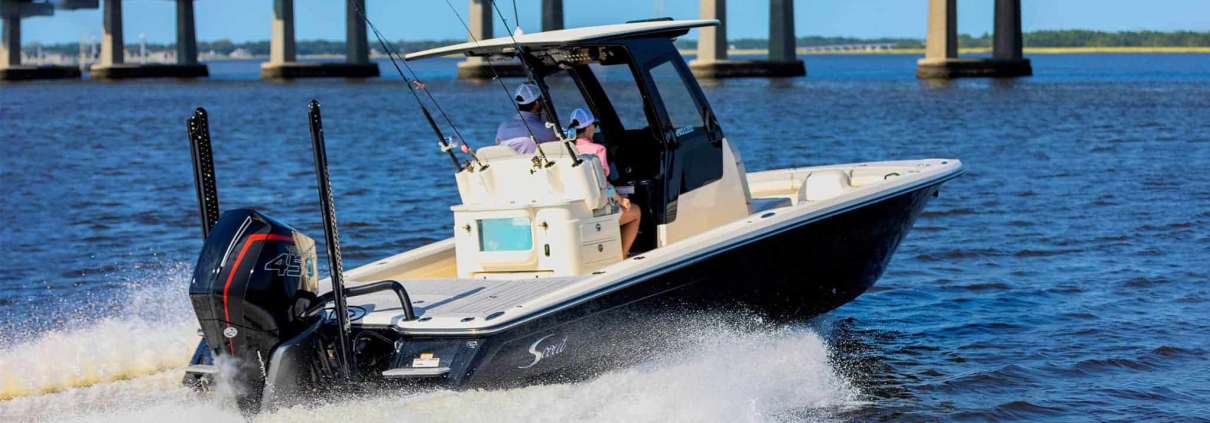Marine Battery Replacement: A Complete Guide to Choosing, Installing, and Maintaining Onboard Power
For boat owners, a reliable battery is the heart of any marine vessel. Whether you operate a small fishing boat, a recreational yacht, or a commercial fleet, marine battery replacement is a critical maintenance task that directly affects your safety, convenience, and operational efficiency.
Replacing a battery may seem straightforward, but selecting the right type, understanding installation best practices, and maintaining it properly are essential to avoid unexpected failures on the water.
- Signs Your Marine Battery Needs Replacement
Knowing when to replace your battery is the first step to preventing breakdowns.
- Difficulty starting the engine: If your engine struggles to turn over or cranks slowly, it may indicate a weak starting battery.
- Reduced runtime for electronics: House batteries that fail to power lights, pumps, or navigation electronics reliably may be past their prime.
- Corrosion or physical damage: Bulging, leakage, or corrosion on terminals is a clear signal that replacement is needed.
- Age: Most lead-acid batteries last 3–5 years, while modern lithium batteries can last 8–10 years with proper care.
Regular testing with a multimeter or battery tester can help determine remaining capacity and prevent surprises on the water.
- Types of Marine Batteries
Selecting the correct battery type depends on your vessel, power requirements, and budget.
2.1 Starting Batteries
- Designed for high current to start engines
- Short discharge duration
- Common chemistries: AGM, lead-acid, lithium
2.2 Deep Cycle / House Batteries
- Designed to provide sustained power for onboard systems
- Can handle repeated discharge and recharge cycles
- Ideal for lights, pumps, fridges, and navigation systems
2.3 Lithium Batteries
- Lightweight and high energy density
- Deep cycle capable and maintenance-free
- Can replace both starting and house batteries in many modern boats
For operators looking for a high-quality, long-lasting marine battery, consider exploring 12V LiFeLi batteries for reliable onboard power without frequent replacements.
- Steps for Safe Marine Battery Replacement
Replacing a marine battery involves careful attention to safety and proper procedure:
- Turn off all electrical systems and disconnect the negative terminal first.
- Remove the old battery carefully, avoiding short circuits.
- Inspect terminals, cables, and mounting brackets for corrosion or wear.
- Install the new battery securely in the correct orientation.
- Connect the positive terminal first, followed by the negative terminal.
- Test the system: start the engine and verify electronics operation.
Proper installation ensures safe operation and maximizes battery lifespan.
- Maintaining Your New Marine Battery
Maintenance practices differ based on battery chemistry:
- Lead-acid / AGM / Gel: Regularly check water levels (if applicable), clean terminals, and perform seasonal charging cycles.
- Lithium: Requires less maintenance but monitor battery management system (BMS) readings, avoid extreme temperatures, and ensure proper charging protocols.
Consistent monitoring and care can extend battery life and prevent costly failures.
- Cost and Replacement Considerations
When budgeting for a marine battery replacement, consider:
- Upfront cost vs. lifetime value: Lithium batteries are more expensive initially but last significantly longer than lead-acid.
- Maintenance costs: Frequent water checks, corrosion cleaning, and replacement frequency affect overall TCO.
- Power requirements: Match battery capacity to onboard electronics and engine starting requirements.
- Safety and reliability: A high-quality battery ensures safe operation on water, reducing risk of being stranded.
- Recommended Reading
To deepen your understanding of marine battery performance, testing, and replacement, the following articles provide practical guidance:
- Deep Cycle Marine Battery: What You Need to Know for Reliable Onboard Power
Learn about the differences between deep cycle and starting batteries, and how to select the right battery for your vessel’s electronics and power needs. - Lithium Marine Starting Batteries: What Experienced Boaters Should Know Before Buying
Explore the advantages of lithium batteries for engine starting and onboard systems, and understand their compatibility with various marine setups.
- Conclusion
Marine battery replacement is a critical part of maintaining a safe, reliable, and enjoyable boating experience. Selecting the right battery type, installing it properly, and following recommended maintenance ensures your vessel remains powered for seasons to come.
For those considering a long-term upgrade, 12V LiFeLi batteries offer lightweight, high-performance, and maintenance-free operation, making them an ideal choice for modern recreational and commercial boats.


